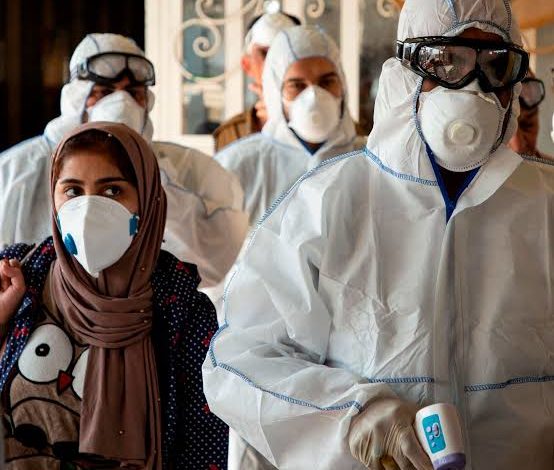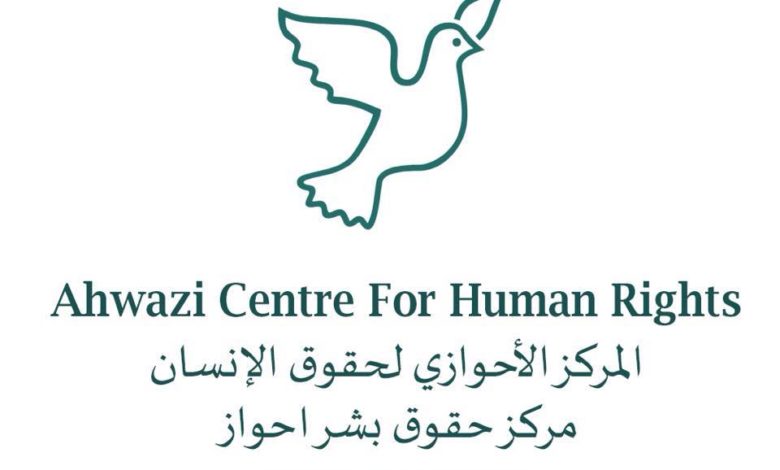It’s not the West that will trigger regime change in Iran. It’s protest from within.

When we hear about Iran, it’s in the context of its battles with the West. But the country also faces deep internal strife, most recently including mass protests in southwestern Iran. The Arab minority leading these protests claims that the ethnic Persians running the government discriminate against them, resulting in a life of poverty, disease and squalor.
These protests are, in essence, part of a larger movement against the Iranian regime, one fueled by long-standing anger at bigotry toward Arabs and other minorities. Along with ongoing civil disobedience over political and economic issues that erupted in December and has subsequently simmered, this marks perhaps the deepest resistance the government has faced in decades, threatening the regime’s stability.
Regular demonstrations by Ahwazis — the Arab minority that lives mainly in the Khuzestan Province on the border with Iraq — are based on a variety of complaints, all resulting from discriminatory policies and practices. These include high rates of disease in Khuzestan, water pollution and food contamination, deliberate displacement from their homes, extreme poverty, political marginalization and a ban on their use of Arabic in schools.
International groups such as Amnesty International and the United Nations Development Program (UNDP) have validated the Ahwazis’ grievances, documenting deplorable conditions, human rights violations (including 37 executions after mere show trials) and severe environmental degradation. And according to the Statistical Center of Iran, a government agency, Khuzestan has the third-highest unemployment rate of any province in the country, even though it produces 85 percent of Iran’s oil.
The current protests erupted in late March out of anger over a cartoon that aired on Iran’s national broadcasting network. It boasted of Iran’s ethnic diversity but excluded the Ahwazis from the list of celebrated groups.
Although that might seem like a peculiar trigger, it reveals the depth of the discord between the ethnic Persians and the Arabs in Iran. Indeed, these animosities have simmered for centuries — owing to competing interpretations of shared history and differing views of what constitutes refined culture and Islamic interpretation.
Underlying this conflict are religious differences: Most Iranians are Shiite Muslims and most Arabs in the Middle East are Sunni Muslims. While the Ahwazis are generally Shiite because of their long history under Persian influence, some have converted to Sunni Islam in recent years.
As a result of these theological differences, some Arabs contend that the Iranians owe everything to them. After all, if not for the Arab conquest of Persia and the spread of Islam, the Iranians would still be pagans. But many Iranians disagree.
Indeed, rather than seeing the Arabs as conquering heroes whose religion spawned a greater civilization, some Iranians see them as culturally impoverished nomads from the desert whose art, literature and other achievements are no match for Persia’s famed poets (like Rumi, the 13th century poet who was actually a Sunni, not Shiite). To this day, indigenous Iranians are fond of declaring that the Persians “civilized” Islam — a slight against Sunni Arabs’ religious school of thought.
But not just religion is at play. The present-day dispute dates to these conquests in 630 A.D., when Ahwazis are said to have first settled in Khuzestan. The oil-rich region was even then territory coveted by the central government and by foreign powers, and only grew more desirable over time.
In 1924, shortly before the Reza Khan dynasty came to power, Khuzestan was semiautonomous and enjoyed the benefits of the oil-rich region. The British, eager to exploit Khuzestan’s oil riches and knowing that Reza Khan was likely to take control of the region, helped him invade. In 1925, the Ahwazi sheikh ruling the territory surrendered, and the region officially came under Iranian control. As a result, the minority Ahwazis lost control over their own destinies, and were essentially occupied.
But the greatest repression toward the Ahwazis actually did not begin until after the 1979 Islamic Revolution toppled Mohammad Reza Shah Pahlavi’s dynasty and established an Islamic state ruled by Shiite clerics.
Although urban areas in Iran led the protests against the Shah — urbanized elites have continued to lead the periodic periods of dissent since the revolution — minorities from Kurds to Arabs to Azeris initially welcomed the revolution. They believed that a change in leadership would enhance their ethnic rights and regional autonomy. But within months, fighting broke out between minorities and the new central government’s military forces. Arabs and Kurds came to be considered “enemies of the state.”
Ahwazis believed that their marginalization was partially a result of sectarian discrimination. Indeed, the new regime set out to convert minority communities to Shiism, which meant that minorities began to be increasingly marginalized. But even more important than their religion, Ahwazis believed that the regime scorned them because they were Arabs.
In the 1980s, former Iraqi leader Saddam Hussein tried to annex Khuzestan, vowing to “liberate” the Ahwazis and triggering the Iraq-Iran war. Thousands of Ahwazis crossed into Iraq, and some were given land. But with the 2003 U.S. invasion of Iraq and the change in Iraqi government from Sunni to Shiite rule, the Ahwazis were sent back to Iran.
Their crossover into Iraq made their loyalty even more suspect to Iranian authorities. When they returned, the Ahwazis believed they were in even worse standing with the Iranian regime. And to a large degree, they were right. Even more than in the past, they were considered to be a fifth column.
So far, there is scant support within Arab societies for the Ahwazis and their grievances, and no public support to speak of among Iranians.
Nearly 40 years after the revolution, there is institutionalized discrimination against minorities, including Bahais, Kurds and Arabs, often costing them their lives. The Ahwazis protest often, and they are likely to continue doing so.
This unrest is worth watching as other segments of Iranian society grow disillusioned with the regime for their own reasons. Even though there is a lack of support for ethnic minorities within Iran among ethnic Persians, there is a growing opposition movement across the country based upon deplorable environmental conditions and the economic crisis. The Ahwazi protests are part of this broader movement that is gaining momentum — and could eventually grow to threaten the regime.
Written by Geneive Abdo in WashingtonPost
17/04/2018




